It seems as if every day another media pundit is screaming that World War III is imminent. Among other factors, first and foremost they point to Russia, citing her invasion of Ukraine, Ukraine now being authorized to use NATO weapons to strike inside Russia, and North Korean troops fighting alongside Russians in Ukraine. The list goes on.
For sure, there is certainly a great deal going on in the world, and much of it is worrying. So, why does it seem as if the pace of such worrying events has increased? And importantly, does it all mean that WWIII and a nuclear holocaust is imminent? Here we delve into the topic, provide context, and we hope … some reassurance.
Media Doom & Gloom
It must be remembered that the media deliberately write and peddle stories that are worrying, shocking, alarming, and pessimistic. It is human nature to worry, and an article peddling bad news will attract clicks far more than a positive story about something good or optimistic. It simply does not serve the media’s interests to write or say anything that is balanced, calm, or indeed positive. There’s also little consequence for the media when they peddle despair, inadequately research, or even outright lie.
In a way then, we are the architects of the doom-feed that the media provide – supply and demand. As a result, we are bombarded with bad news, histrionic commentary, and apocalyptic predictions. With every outlet doing so, there is often no alternative voice, no measured reason or context, and so it can seem like there is only bad news and our trajectory towards Armageddon is inevitable. Well, we are that alternative voice, offering reason, context, and some optimism. Doom is not inevitable – in fact, far from it.
A Simmering Planet
It is true; there is indeed a lot more going on around the world right now than say, heady and carefree days of the mid-90s. Back then, for a blissful decade, after the fall of the Iron Curtain and the Soviet Union, and pre the horrors of 9/11 and the ensuing Global War on Terror (GWOT), it seemed like things were finally getting better … at least for some, anyway. Today by contrast, there are wars, international disputes, standoffs, and tensions galore.
But, context is king – for there is a very, very good reason why this is happening right now, and there is a very good reason to believe that, with time, it will settle. Geopolitics is the reason, and specifically something called the Indo-Pacific Tilt. We won’t go into depth on the Indo-Pacific Tilt here as we’ve written extensively on it in our article “The Indo-Pacific Tilt: What Is It And Why Do You Care?” All we’ll say is that in the middle of 2021 the planet underwent a tectonic global shift in geopolitics and all of the conflict, disputes, and tensions that we see today are simply the aftershocks.
And, as with all earthquakes and attendant aftershocks, given time they settle, reduce, and we return to stability and calm. After the Indo-Pacific Tilt occurred, fundamentally changing global geopolitics as it did, every nation on the planet sought to define their own position within this new geopolitical balance, all of them seeking advantage wherever they could, often fumbling about until they stumbled across a new red line – that point where they could not push their own agendas further without provoking another nation or group into conflict. What we’re seeing, worldwide at present, is everyone jostling for position, and where those red lines have been neared, or even crossed, we see conflict.
The point then, is that in time, those red lines will all become clear and well known to everyone once again, just as they were clear and well known prior to the Indo-Pacific Tilt. Once that has been achieved, we will return to a period of relative stability. Until then, yes, there remains a possibility that some nation or other blunders, or willfully strides, across a red line and provokes war, but there’s an equally strong, if not stronger, likelihood that we will see the world rebalance and settle once again. And yes, after the US’ November 2024 Presidential election, that possibility of war has increased somewhat, given the well-known unpredictability of the President Elect, Donald Trump. But again, that doesn’t necessarily mean that we’re headed, inexorably, towards WWIII, and there’s an equal if not greater likelihood of a global rebalancing and resettling.
And between now, and that settling, we’re likely to see some important changes gradually solidify, and become accepted, and the norm. As we talked about in our article “Emerging & Frontier Market Opportunities In The Indo-Pacific Tilt Era”, we’re beginning to see some of these changes coalescing right now – the development of clearly definable East and West groups that are polarizing, the emergence of a group of Middling Powers, and significant macroeconomic shifts brought about by the Indo-Pacific Tilt.
In a separate article, “WWIII Predictions and Russia’s Invasion of Ukraine”, we dive into one specific situation that the pundits love to point to, and unpack whether it is actually likely to lead to World War III … or not.
